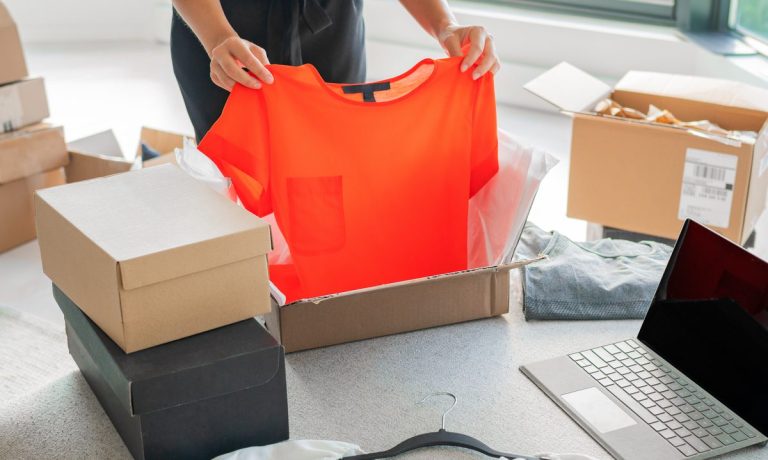Retailers Still ‘Aren’t Even Close’ To Being Prepared for Peak Return Season

By some estimates, for every four retail orders that go out the front door of a store or warehouse, at least one of them is now likely to get returned through the back door.
While this revolving door of retail merchandise is not a new problem, it is a growing problem that is rising in line with the growth of eCommerce itself, which is taking a bigger and bigger bite of the retail pie, year after year.
“I don’t think the distribution centers in general are even close to being prepared for the returns that they are seeing and are going to continue to see,” Keith Phillips, CEO of Voxware, a New Jersey-based provider of warehouse automation and supply chain analytics, told PYMNTS.
With a purview of service to eight different industries, including retail, Phillips said the returns, or reverse logistics problem has simply gotten too big and too costly to ignore anymore and written off as a cost of doing business.
“It just was part of the gig but now that model is different. It’s completely changed. And here we are today, and guess what? I don’t think retailers are prepared at all,” he said, calling it the one supply chain process that has just continually been kicked to the curb.
This is a Test
With the widespread store closures and COVID restriction that were in place in 2020, when there was literally often nowhere else to shop but online, many felt that surge of eCommerce was going to be a high-water mark that would have stood as a benchmark for years to come.
In reality, that record lasted just one year, as the 2021 shopping season quickly eclipsed it with estimates from Mastercard and elsewhere reflecting an 11% increase in people buying online versus record year ago levels.
“I think it’s going to be really interesting to see how this plays out over the next 60, 90 days,” Phillips said, pointing to the need for companies to finally figure out how to handle returns and reverse logistics as it will be a permanent part of the digital sales process, not just for apparel, but for retail across the board, he added.
As PYMNTS has reported, two in three shoppers are likely to return one or more holiday gift this year, with an estimated $120 billion goods going back to the store or distribution center between Thanksgiving and the end of January.
More Complicated Than it Looks
To be sure, retailers are making changes, most notably in the way they use physical stores to help manage inventory while also fulfilling new orders and processing returns.
In fact, Philipps said, the straightforward in-store return, where a customer gets an on-the-spot refund and a sales associate is able to visually inspect an item and its packaging and labeling and almost immediately return it to the shelf, is a far less complicated process than getting a box sent back to a warehouse,
“There are multiple tasks that have to be accomplished when a return comes in [to a distribution center],” he said.
First, he explained, someone has to physically open the container and remove the item, inspect it and make a determination or disposition of where it’s going to ultimately end up.
“Is it going into bin for disposal to, you know, TJMaxx at some point, or is it in good enough shape that it can be repackaged, if necessary, or maybe it doesn’t even need to be repackaged, maybe it’s still in the original package, and it just needs to be put back into inventory,” he said.
Alongside this endless stream of monotonous but critical decision-making, a parallel accounting and inventory tracking system also has to be simultaneously updated.
“It’s actually a fairly complicated scenario and one of the reasons it’s been ignored for so long,” he said.
Clearly there is a need for holistic process automation, or as Phillips characterizes it, retailers need to be planning for the return the minute an item is ordered.
“That makes it a whole lot easier to process on the return side,” he said, noting the preferred process is one that involves a combination of voice, scanning and augmented image-capture technologies.
As much as this kind of solution to the returns problem takes time, money and planning to implement and get staff up to date on how it works, the economics are clearly calling for a cohesive and comprehensive overhaul.
But, once retailers start to take a cohesive approach, he said, the results will speak for themselves.
“[Retailers] need to take all of those technologies and bring them together so that they’re able to handle the entire process with one technical solution,” he said.